
Technology is moving fast, and it's changing how we develop talent. Artificial Intelligence (AI) is playing a big role in this shift. Companies using AI for talent development are seeing up to a 30% boost in employee engagement and productivity. That's a big deal! As we head into 2025, AI is more than just a tool; it's sparking change and encouraging continuous learning. In this article, we'll look at the challenges organizations face in developing talent and how AI is helping solve these problems. We'll talk about AI strategies, real-world examples, and practical uses. If you're interested in how AI is shaping the future of talent, keep reading—this is where the future starts!
Summary: This article describes current challenges in talent development, AI-enabled strategies, cultural transformation, and continuous learning, including practical examples and use cases. It also features a FAQ section addressing common questions in talent development.
Current Challenges in Talent Development Strategies
Skills Mismatch and Technological Change in Talent Development
Currently, our talent development systems are somewhat outdated. They rely heavily on static documents and job titles rather than focusing on the actual skills individuals possess. This approach complicates the understanding of workforce capabilities and career growth, resulting in a skills mismatch in the job market. As industries evolve, so do the skills required for success, creating a gap where there aren't enough individuals with the necessary skills and experience that organizations demand.
Why is this important? Developing talent from within is crucial to bridge these gaps. Many employers lack a clear view of their employees' skills, making it challenging to leverage talent effectively and offer reskilling opportunities. This not only hinders career growth but also limits economic mobility.
When it comes to technology, especially AI, it plays a significant role in talent management. However, adopting AI comes with challenges such as:
- Costs and complexity
- Insufficient internal skills
- Change fatigue
- Integration with existing systems
If these challenges are not addressed, they can impede growth and innovation, leading to high turnover and missed business opportunities.
Importance of AI Integration in Talent Development Strategies
Integrating AI into talent development is essential for addressing the skills mismatch. While there are AI tools available for career navigation, many rely on outdated data, reducing their effectiveness in matching individuals with the right opportunities and guiding skill growth.
What should companies do? Organizations need to rethink their talent strategies by focusing not only on hiring but also on:
- Engaging employees
- Developing skills
- Preparing for an AI-driven future

This approach is vital for retaining top talent and minimizing turnover. Despite the recognition of AI's importance, few organizations feel prepared to manage talent through AI by 2025, highlighting a significant gap in readiness for AI and workforce transformation.
AI can enhance efficiency, decision-making, and engagement, but it requires:
- Global alignment
- Overcoming budget constraints
- Addressing skill gaps
The solution? Personalized AI-driven learning is crucial for building a robust and adaptable workforce. Companies like Chronus emphasize the importance of integrating learning into everyday work and focusing on overall employee development, including well-being and professional growth. By planning strategically and investing in AI, organizations can foster a culture of continuous learning, which is essential for thriving in a rapidly changing tech landscape.
AI-Enabled Talent Development Strategies
Generative AI for Personalized Learning
Generative AI is transforming personalized learning in talent development by tailoring learning paths to fit each employee's skills, strengths, and areas for improvement. By delving into data, AI ensures that training remains relevant and practical, enhancing engagement and accelerating skill-building.
AI-driven adaptive learning platforms adjust content and pacing based on real-time feedback, meeting the unique needs and learning styles of employees. It's akin to receiving personalized content suggestions on your favorite streaming service—but for learning. These platforms recommend modules, articles, or videos that align with employees' interests and career goals.
Microlearning, powered by AI, delivers short, focused lessons to address specific knowledge gaps, making skill development faster and more effective. Personalized development plans crafted with AI align training with individual skills and career aspirations, boosting employee satisfaction and retention.
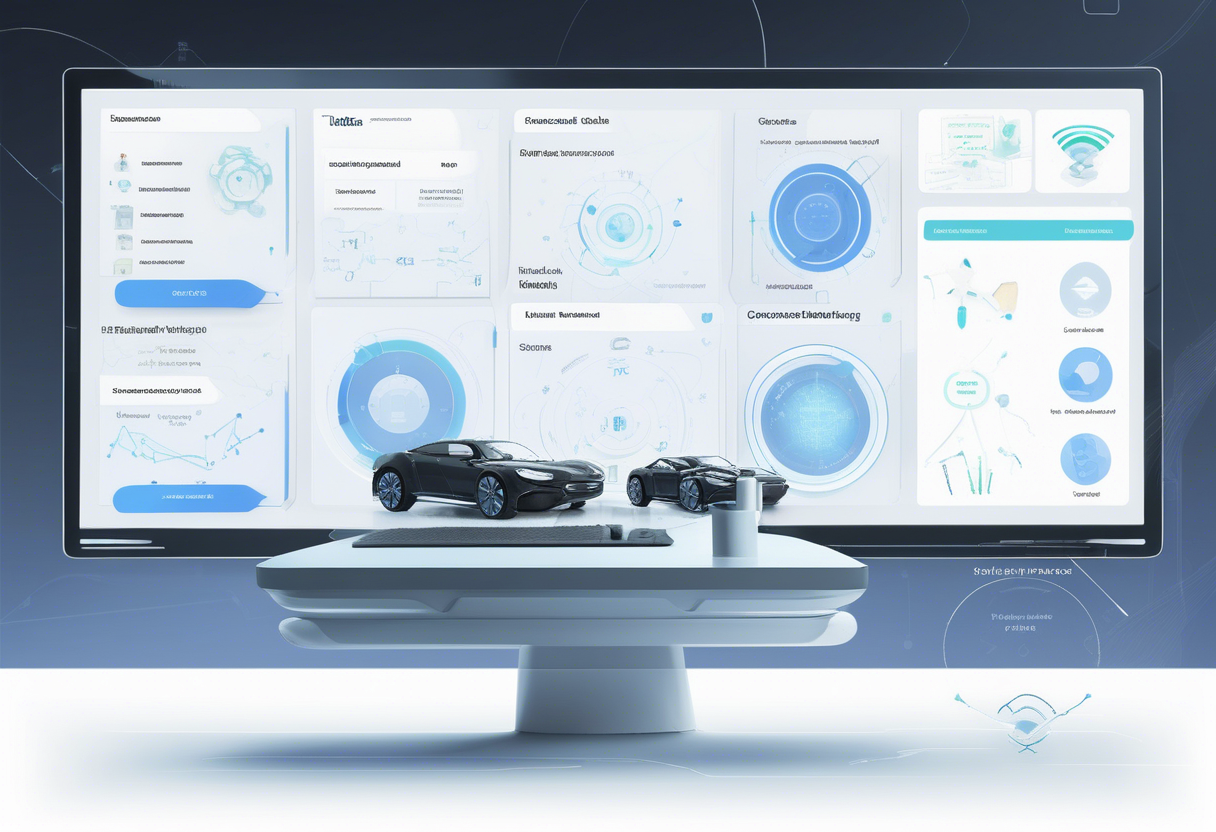
Example: A company might use AI to assess employee skills and preferences, creating a customized training program with adaptive modules and microlearning sessions that evolve as employees learn.
For more insights, explore Empowering Talent Development and AI in Talent Development.
VR/AR Integration for Enhanced Skill-Building
While the research didn't specifically mention VR/AR, these technologies are known to be paired with AI to create immersive learning environments. VR/AR can simulate real-world scenarios where employees can safely practice skills, receive immediate feedback, and build competence in complex or risky tasks, enhancing learning retention and engagement.
By integrating AI with VR/AR, training can be personalized based on learner performance, optimizing skill development.
Example: A company might use VR for technical training, with AI adjusting difficulty levels in real-time to ensure employees master skills before applying them on the job.
Predictive Analytics for Skill Forecasting
AI-driven predictive analytics enable organizations to anticipate future skill gaps and workforce needs by analyzing trends. This supports strategic workforce planning and informed decision-making.
Real-time skills mapping with AI allows for continuous monitoring of employee capabilities, facilitating early identification of reskilling and upskilling opportunities. Predictive analytics in recruitment evaluates traits such as cultural fit, adaptability, and learning agility to forecast candidate success, aligning talent acquisition with future needs.
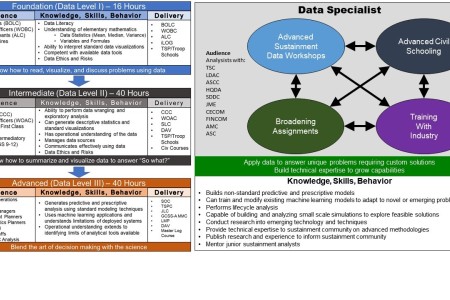
Example: A company might employ AI-based predictive analytics to examine workforce data and market trends, identifying skills necessary in the next five years and adjusting hiring and training programs accordingly. This foresight ensures organizations are prepared, equipping their workforce with the skills needed to thrive in a changing landscape.
For more insights, see AI in HR Practices.
Automation for Efficient Talent Management
AI and automation streamline administrative tasks in HR, allowing talent teams to focus on strategic initiatives that unlock human potential. AI enhances recruitment by automating resume screening, reducing bias, and accelerating candidate matching based on skills and experience.
AI-driven onboarding tools, such as virtual assistants and chatbots, provide real-time support to new hires, enhancing their integration and productivity from day one. Organizations utilizing AI-based skills assessment and mapping experience improved workforce agility and more effective talent deployment to meet business demands.
AI augmentation empowers lower-level workers to undertake higher-level tasks, increasing productivity by 20%-30% and supporting talent mobility and upskilling.
Example: An HR department might use AI to automate candidate screening and onboarding while continuously mapping employee skills to efficiently redeploy talent and support internal promotions based on AI-identified competencies.
For more on AI's impact on talent management, explore AI Talent Management and HR Executive Insights.
Cultural Transformation and Continuous Learning
Leadership and Cultural Change for AI Talent Development
Getting leadership right is key when you're bringing AI into the mix. Leaders need to pick up skills that help them lead cultural shifts smoothly. They should create a space where new ideas are welcome, and where taking smart risks is just part of the job. HR is crucial here, helping to steer this change, align it with the company's goals, and build a supportive atmosphere that pushes for growth and adaptation.

Talent development is a big deal when you're changing things up. It means offering training and growth opportunities so employees can embrace new cultural values and be prepared for new roles. When a company invests in its people, it shows. This creates a sense of belonging and keeps folks engaged through mentorship and clear career paths. To ensure everyone’s aligned with AI-driven changes, companies might focus on leadership programs and HR-led mentorship to help everyone acquire the new skills and values needed for the future.
Continuous Learning Culture in Talent Development Strategies
Creating a culture where learning never stops involves using various talent development strategies. Consider:
- Reverse mentoring
- Global mobility
- Apprenticeships
- Microlearning
- Wellness programs
- Peer circles
- Fun learning games
- Executive coaching
These methods ensure everyone feels included, recognized, and continuously learning, which keeps employees engaged and adaptable.
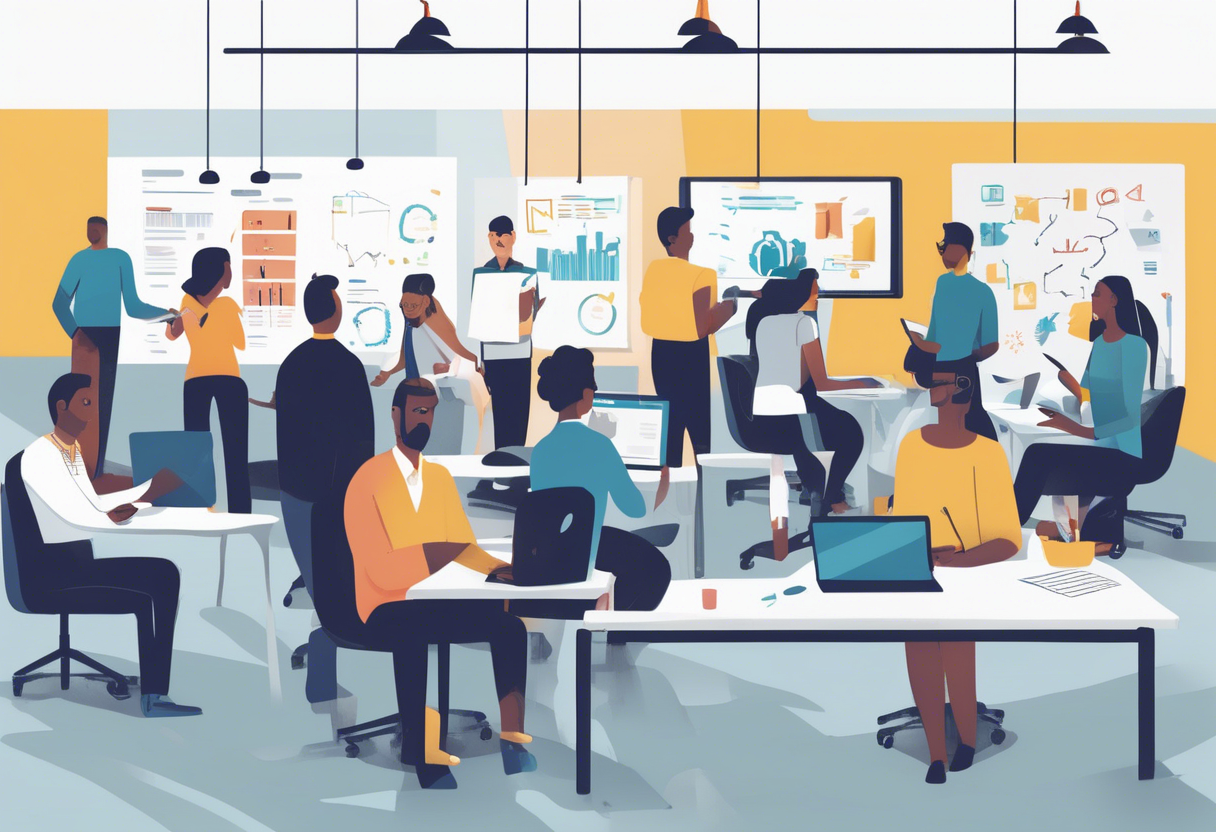
Learning from peers through knowledge sharing, mentoring, and collaborative projects boosts continuous improvement, teamwork, and a shared sense of growth. Building strong professional bonds through mentorship, networking, and team-building enriches the workplace vibe and keeps employees engaged. When teams from different departments collaborate on projects and workshops, it breaks down barriers, sparks new ideas, and broadens how employees perceive things.
Companies that invest in robust training programs tend to perform better financially and retain their employees longer. Statistics show that businesses with strong training programs see a 24% increase in profit margins and retain staff better, as 40% of people leave jobs that lack good training. A culture of ongoing learning keeps 94% of employees wanting to stick around longer, highlighting how crucial learning opportunities are for job satisfaction and growth.
Leadership development and HR involvement are key to transforming culture. Building a culture of continuous learning leans on varied strategies like mentoring, peer learning, and cross-team collaboration.
Practical Examples and Use Cases
Cross-Industry Comparative Analysis of Talent Development Strategies
Exploring how various industries foster employee growth can provide valuable insights. For instance, Microsoft emphasizes a 'growth mindset,' where mistakes are viewed as learning opportunities. Their "Model, Coach, Care" approach is centered around employee development. Meanwhile, Adobe implements "Leadership Circles," where employees are nominated for coaching and support, resulting in 35% advancing to director-level positions or higher.

Spotify offers quick courses, each lasting 90 minutes or less, to focus on skill-building. Amazon employs 16 Leadership Principles to guide hiring and daily decisions, supported by automated training reminders and performance reviews. Their Career Choice program funds skill acquisition for in-demand roles, facilitating upward mobility within the company. Salesforce integrates the Hawaiian concept of 'Ohana,' or family, into their talent strategy, using a gamified platform called Trailhead to support learning.
These examples illustrate the importance of integrating cultural values and clear principles into talent strategies for effective employee development.
Employee-Centric Journey Framework for Talent Development
An employee-focused approach is crucial for talent development. This involves creating personalized learning paths and career growth opportunities tailored to each individual. Such customized learning can enhance engagement by up to 40% and improve skill retention by 25%. It underscores the necessity of aligning development plans with each employee's career aspirations.
Individual Development Planning includes:
- Assessing skills
- Setting SMART goals
- Crafting action plans with quarterly check-ins
- Regular discussions with managers
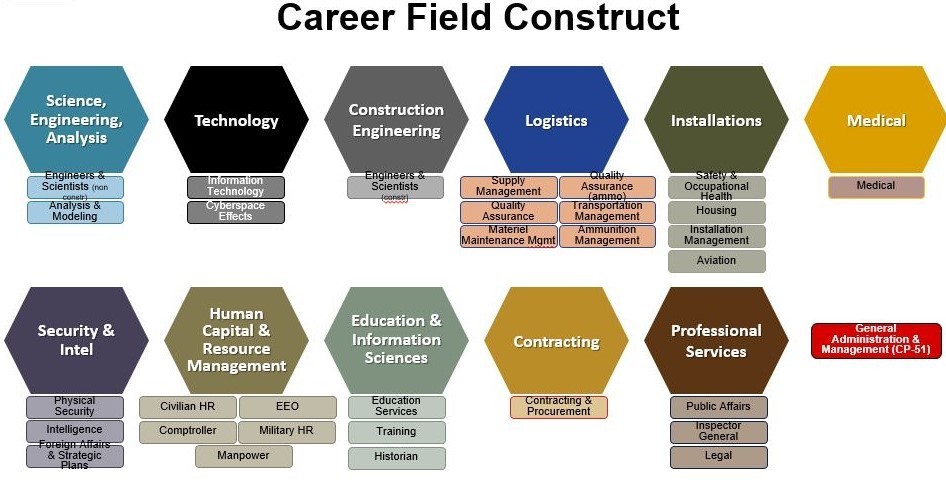
Coaching and mentoring play a significant role in employee retention, with 47% of companies investing in personalized career growth support. Job rotations and cross-departmental training broaden skills and encourage teamwork. Leadership programs, tailored to career levels, incorporate feedback and coaching to develop leadership skills over time. Workshops and role-playing activities enhance soft skills, such as communication and emotional intelligence.
These strategies ensure that talent development aligns with both personal and professional growth, thereby increasing job satisfaction and retention.
Microsoft's growth mindset culture
Adobe’s Leadership Circles program
Amazon’s Leadership Principles
Salesforce Trailhead platform
Personalized learning experiences
FAQ Section
AI's Role in Personalizing Employee Learning
AI can transform employee learning by analyzing individual data such as skills, learning styles, and performance. This analysis helps create a personalized learning path for each employee, making the process more engaging and effective. AI-powered platforms can offer microlearning modules—short, focused learning segments—allowing employees to learn at their own pace and in their preferred style.

Additionally, AI can incorporate gamified elements like levels, points, and rewards to enhance the learning experience. It also assists managers in setting up personalized coaching sessions and providing real-time feedback. For instance, an AI-driven learning system can adjust training based on missing skills and individual learning preferences, offering a blend of microlearning and gamified experiences.
For more insights on how AI personalizes learning experiences, check out Culture Monkey.
Challenges of Implementing AI in Talent Development Strategies
Implementing AI in talent development comes with several challenges. One major hurdle is identifying organizational needs and skill gaps to align with business goals and employee growth. Data privacy is also crucial, as companies must handle data carefully to build trust and comply with regulations.
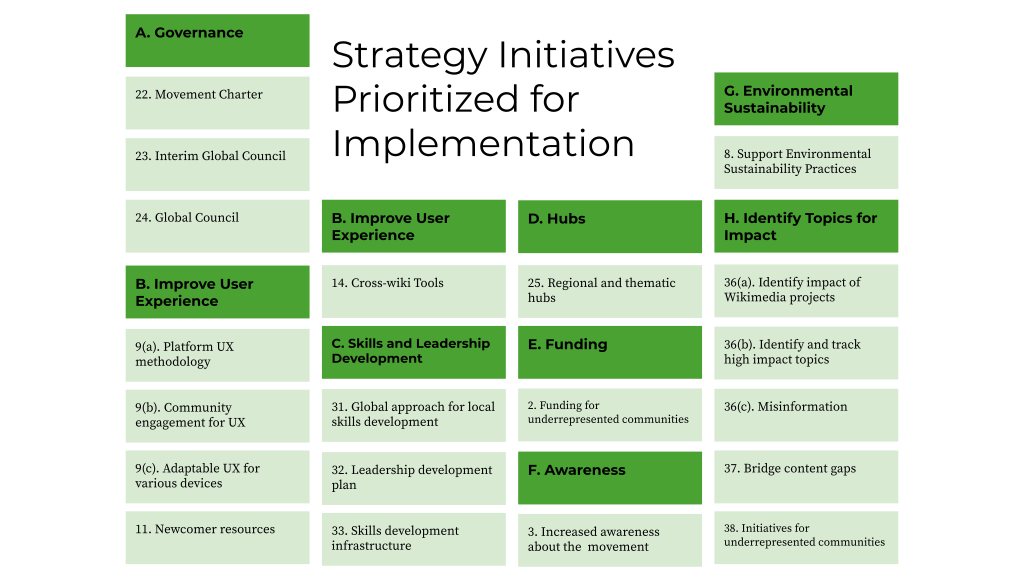
Resistance from employees and managers can occur due to unfamiliarity with AI or concerns about job replacement. To address this, companies should offer training and clear communication to facilitate the transition. Furthermore, AI systems need to be flexible to engage employees with different learning preferences. Companies may face issues with data integration and onboarding, necessitating additional training and communication.
For more details on these challenges, check out Chronus' blog.
AI in Predicting Future Skill Needs for Talent Development
AI plays a crucial role in identifying future skill needs by analyzing vast datasets like market trends and business performance. This allows companies to anticipate important skills and potential gaps in various departments. With this information, they can design training programs to prepare employees for future roles.
AI's predictive analytics also supports strategic workforce planning, identifying which talents to develop for growth. For example, AI can highlight impending digital skill shortages, enabling companies to initiate training programs early, ensuring readiness for future projects.
To explore AI's role in predicting skill needs, visit HBS Online.
By leveraging AI, companies can enhance their talent development strategies, ensuring employees possess the skills needed to thrive in a rapidly changing business environment. For examples of AI-driven talent development, Microsoft's approach offers valuable insights into how AI can support continuous upskilling aligned with company innovation goals.